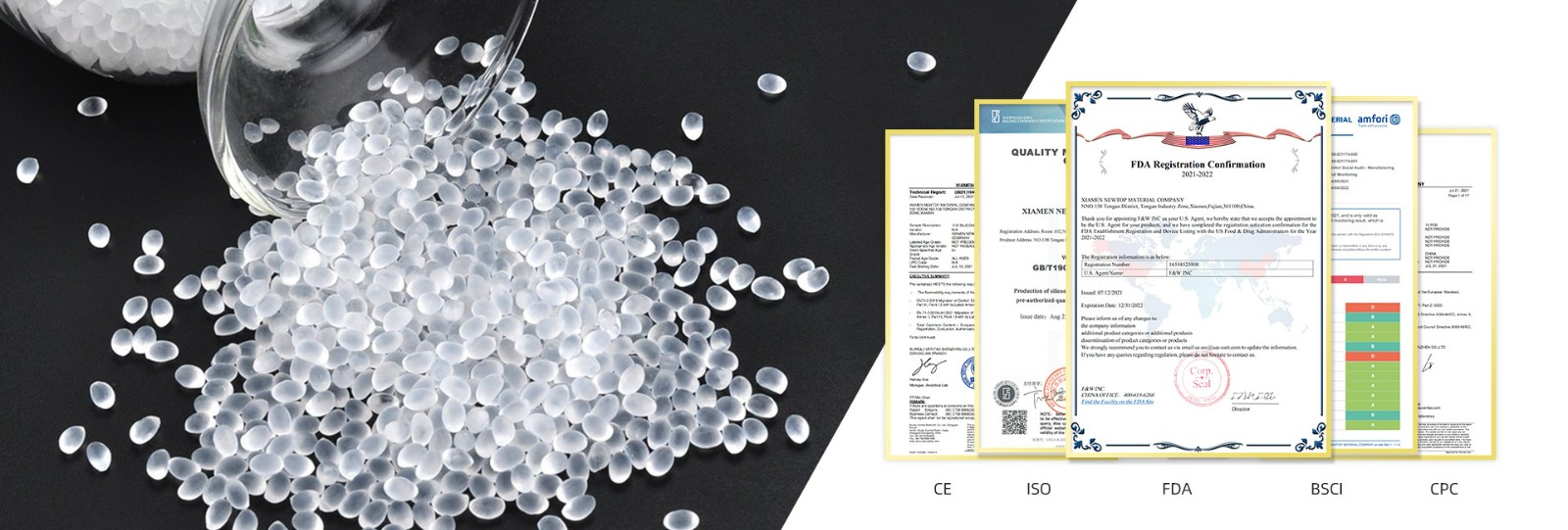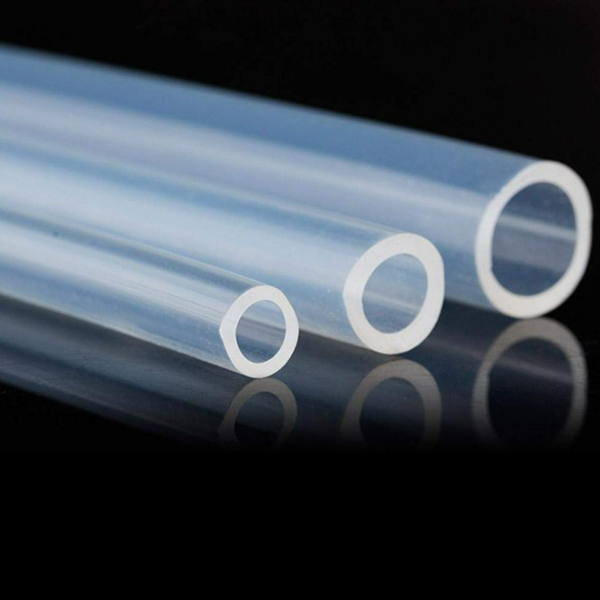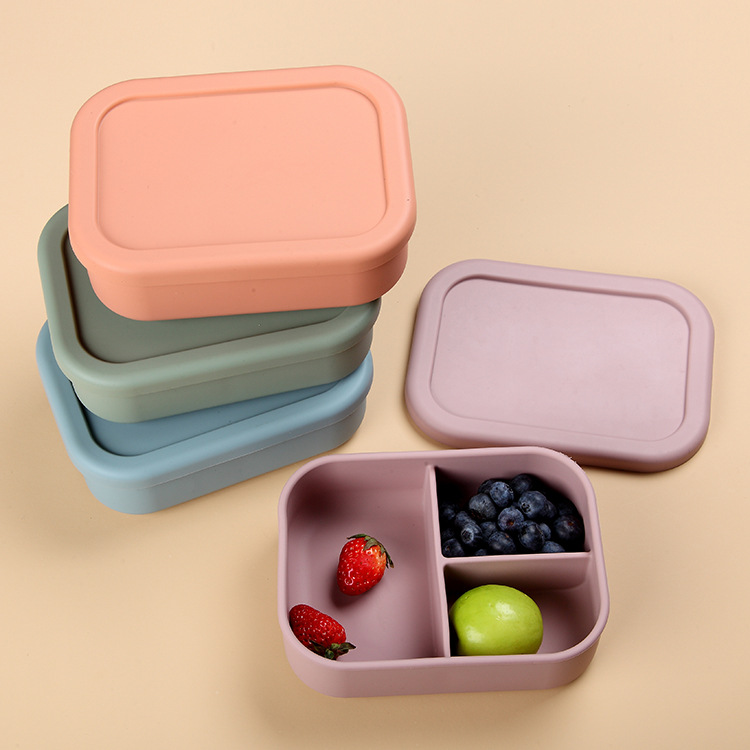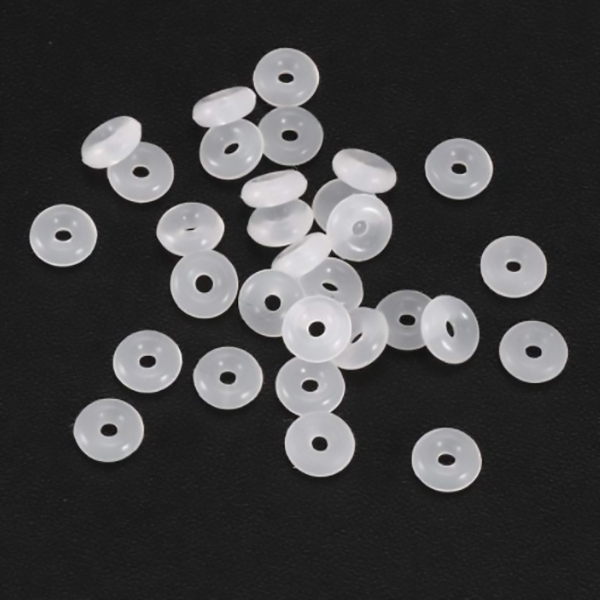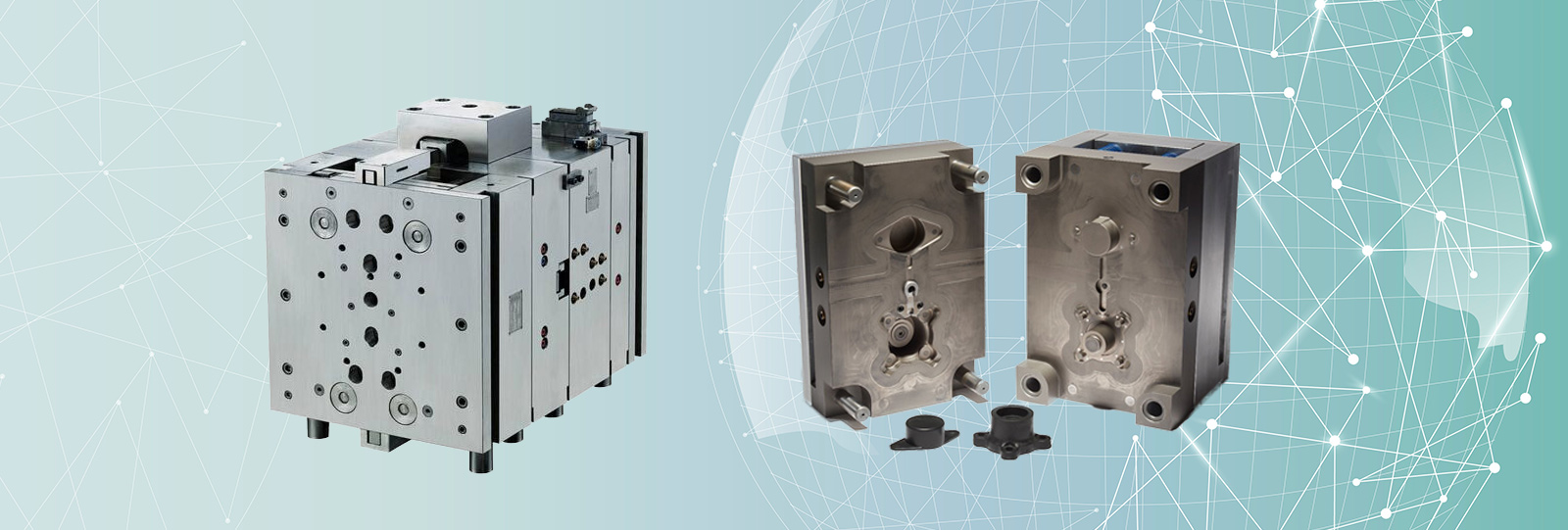Liquid silicone rubber (LSR) injection molding is an industrial process that has existed for many years and its use has expanded significantly in medical devices and wearable technology, as well as in automotive, baby care and household goods.
LSR cures faster and has properties not available with traditional rubber materials, notably heat resistance, very low temperature flexibility, chemical resistance, biological inertness, and an inherent ability to reduce friction. The widespread use of this material has led to the development of new LSR process equipment, especially technology that optimizes LSR injection molding machines to provide maximum value and ease of use. One example is the development of new closed-loop control systems, including those in the Graco Fluid Automation F4 Series.
Basic Knowledge of Liquid Silicone Rubber
The basic raw material for silicone rubber is sand, ie silica. The material is processed into pure metallic silicone. It then reacts with methyl chloride, after which a series of processing steps are used to create various silicon types, including liquids.
LSR is a two-component reactive chemical with a viscous, almost paste-like consistency comparable to peanut butter. These two components are usually shipped in separate containers. Some medical-grade silicone comes in small disposable plastic boxes. These two ingredients are mixed in a 1:1 ratio to create a reaction. Accelerated by heat, the two liquids become solid rubber.
LSR injection molding is an inherently clean production process because the chemical composition is sealed in a closed system. Ambient air does not contact the part until the part is removed from the mold, eliminating dust and moisture problems. This also improves part quality, as contaminants degrade the physical properties of the vulcanized rubber.
Many industries benefit from the use of LSR
LSR material technology is changing rapidly. The use of LSR is growing in traditional rubber applications and applications where traditional rubber materials have not previously been used. Prime examples include medical devices, wearables, automotive, industrial, and even household items like bakeware and kitchen tools.
Medical Devices: The inert nature of LSR makes this material ideal for many types of medical devices. LSR cures completely and rapidly. This is especially important when a medical device is placed inside a patient, as it means the device cannot leach chemicals and cause potential adverse reactions. In contrast, latex, a material long used in the medical industry, cannot be fully cured during production and can cause adverse reactions in patients.
Due to the chemical makeup of the material, it does not degrade until heated to very high temperatures -- far above what most other polymers can withstand. This means it can handle the sterilization process, helping to improve effectiveness for medical and baby care uses.
A final (and key) advantage is the ability to use LSR to create drug escape devices (DEDs). For example, the hormone used in the NuvaRing contraceptive product is injected as an additive during LSR administration. LSR DED can also be placed in pacemaker cardiac catheter leads, enabling the leads to introduce anti-inflammatory drugs directly into heart tissue for improved effectiveness.
Wearable tech: Wearable fitness trackers, such as FitBit and Jawbone, are largely responsible for expanding the flexible wearables category. With its ability to handle high and low temperatures, ultraviolet (UV) and ozone without degradation, LSR is better suited than traditional materials for wearable technologies that are exposed to constant sunlight. Unlike other rubbers, products made with LSR are less likely to cause adverse skin reactions when worn by the user, even over prolonged periods of time.
Household items: The inert nature of LSR allows it to be used in bakeware and other kitchen items. The consumer market is flooded with kitchen products made from LSR, from protective gloves and trivets to spatulas and grill brushes, and even cooking pans, where its non-stick properties are of great benefit. These applications particularly benefit from LSR's high temperature resistance; the material is stable and food safe even at very high temperatures.
Automotive: LSR-based products are also starting to find use in automotive applications, notably windshield wiper blades and LED headlights. With windshield wiper blades, LSR's greatest advantage is that it remains flexible throughout the product life cycle. Unlike traditional rubber materials, which are continuously cured by UV light and heat, gradually rendering windshield wipers ineffective, LSR does not. This greatly extends the life of the product.
For LED headlights, reflectors and lenses are made of a special LSR grade designed for clarity and longevity. The reflector is additively manufactured, allowing the LSR product to reflect nearly 100% of the light, amplifying the LED light. Therefore, a low-energy, long-life LED bulb can be as bright and effective as a high-energy, short-life light source. LED lenses are made of optical grade silicone for glass-like clarity. The advantages of LED headlights made with LSR reflectors and lenses also make them suitable for traffic lights, street lights, and other LED applications.
Industrial Applications: In the electronics industry, LSR is used in millions of parts including connector seals, grommets and strain reliefs. LSR is resistant to extreme temperatures, UV light and ozone, and can also act as an insulator or conductor, depending on material additives. Silicone is an efficient insulator by itself, but can also act as a conductor when manufactured with fillers such as carbon black.
LSR-based connector seals are typically additively manufactured using red iron oxide to increase the product's temperature resistance to 500 degrees. The use of LSR in seal and gasket materials is likely to grow further as new additives are created and the physical properties of LSR products improve.
Newtop and LSR
To realize the myriad advantages of LSR in such a wide range of applications, LSR injection molding machines must be optimized to provide maximum value and ease of use.
While LSR equipment is similar in many ways to the plastics industry, many plastic tool manufacturers attempt to manufacture LSR tools in the same manner as plastic tools, which can lead to manufacturing failure. A tool manufacturer with a specific track record of manufacturing LSR tools must be used. It is also important to work with an injection molding machine company that can assist with processing challenges, as successful LSR manufacturing requires all components to function properly.
Newtop is such a company with rich experience in manufacturing LSR products. In the past ten years, Newtop has been committed to improving production capacity, building an excellent designer team and training employees with good qualities. Newtop is always waiting for your inquiries and orders, and has done all the preparations for your ideas.
Lsr Is Leading the Way
The LSR industry is in a state of rapid expansion and continues to deliver new and improved materials that replace older technologies with longer lasting, more effective solutions. Improvements in the physical properties of LSR for individual applications mean that LSR will likely continue to displace traditional rubber materials in existing industries and may migrate to other industries. With the advanced LSR distribution and production technologies currently on the market, the manufacture of LSR products can be managed to minimize problems and take full advantage of the wide potential of this material.




